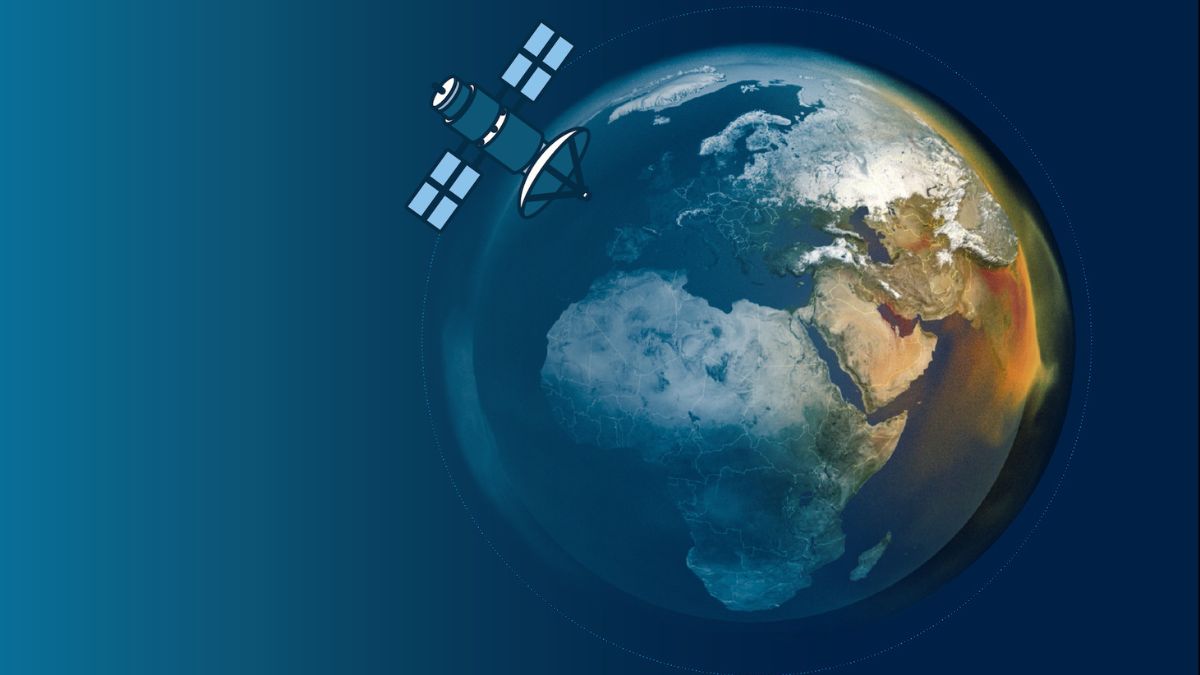UN Reveals Advanced Satellite To Monitor Methane Emission Hotspots
November 12, 2022 By Jozeph P

(Image Credit Google)
 Image: Mario Tama/Getty Images[/caption]
MARS, which was developed as part of the Global Methane Pledge Energy Pathway and received its initial funding from the US government, the European Commission, the Global Methane Hub, and the Bezos Earth Fund, will enable UNEP to confirm the emissions that company owners disclose.
Inger Andersen, executive director of UNEP, stated in a news release that "the world is well off track on measures to limit global warming to 1.5°C, as UNEP's Emissions Gap Report highlighted before this climate summit."
"Methane emissions need to be reduced since it escapes the atmosphere far more quickly than carbon dioxide. In order to achieve this significant short-term climate target, governments and businesses may greatly benefit from the Methane Alert and Response System."
In addition to supporting MARS, the Bezos Earth Fund and the Global Methane Hub are funding further UNEP IMEO programmes.
Among them are preliminary studies and background work on agricultural methane emissions, where it is hoped that integrating multi-scale ground observations with growing satellite capacity would improve quantification.
Image: Mario Tama/Getty Images[/caption]
MARS, which was developed as part of the Global Methane Pledge Energy Pathway and received its initial funding from the US government, the European Commission, the Global Methane Hub, and the Bezos Earth Fund, will enable UNEP to confirm the emissions that company owners disclose.
Inger Andersen, executive director of UNEP, stated in a news release that "the world is well off track on measures to limit global warming to 1.5°C, as UNEP's Emissions Gap Report highlighted before this climate summit."
"Methane emissions need to be reduced since it escapes the atmosphere far more quickly than carbon dioxide. In order to achieve this significant short-term climate target, governments and businesses may greatly benefit from the Methane Alert and Response System."
In addition to supporting MARS, the Bezos Earth Fund and the Global Methane Hub are funding further UNEP IMEO programmes.
Among them are preliminary studies and background work on agricultural methane emissions, where it is hoped that integrating multi-scale ground observations with growing satellite capacity would improve quantification.
Leave a Reply

Apple's iOS 18: A Leap into the AI Era
March 12, 2024

Google's Regular Pixel 8 Won't Get Gemini Nano AI
March 12, 2024

MacBook Air M3 Makes Amends for M2's Storage Blunder
March 11, 2024

Samsung Unveils the Galaxy M15 5G
March 11, 2024

Elon Musk's xAI to Open-Source Chatbot Grok
March 11, 2024

Contra: Operation Galuga - A Modern Run-and-Gun Classic
March 11, 2024

Musk Confirms X's TV App Arrives This Week
March 11, 2024
RELATED NEWS
2
3
4
5
6
7
8
9
10


